Mozambique: Cotton price set at 22 meticais per kilo - Watch
Mozambique: Banana production and processing unit opens in Moamba – Watch
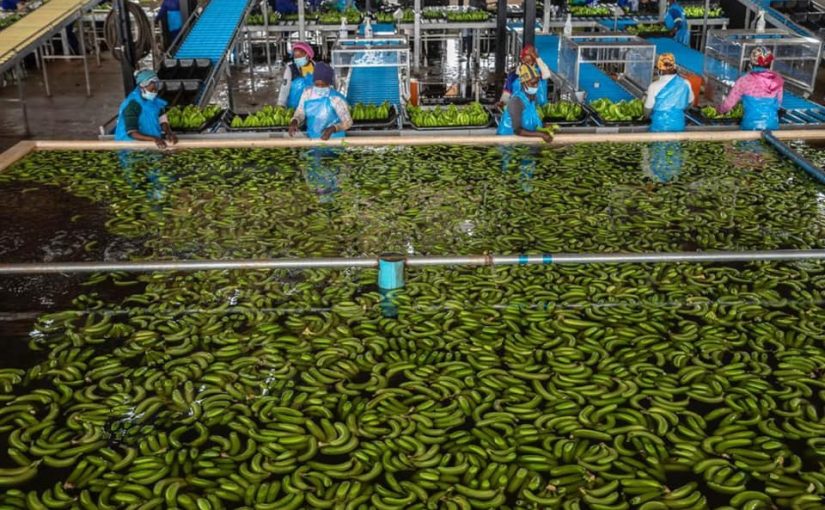
All photos: MADER on Facebook
A new banana production and processing unit in Moamba district, Maputo province, has just started exporting its produce, reinforcing Mozambique’s position in the product’s regional production and supply chain.
Owned by the company Bananalândia Lda., the unit, which uses modern equipment to plant banana palms, occupies an area of 900 hectares and employs 1,000 workers. It represents an investment of around US$20 million, and has an annual production capacity of 3.5 million boxes for export.
Speaking at the inauguration ceremony, the Minister of Agriculture and Rural Development, Celso Correia, said that the new unit will allow the company to explore more demanding markets.
According to Celso Correia, the Bananalândia group is already a reference point in banana production and exports in Mozambique. The minister recalled that, over the last decade, much has been done to make Mozambique a regional and continental benchmark in banana production, having produced around 600,000 tons in 2016, one of the best harvests of all time.
Panama disease (Foc TR4) and the Banana Bunchy Top Virus (BBTV) caused a slowdown in production, leading the government to introduce more resistant variants.
Representing the governor of Maputo province, Paulo Cossa noted that this part of Mozambique had, since the beginning of 2000, registered substantial investment in fruit production, with an emphasis on the banana.
Current banana production in Maputo province stands at around 249,829 tonnes, from an area of about 5,140 hectares. Of these, 4,719 hectares are managed by private commercial enterprises, the remainder by small, mainly family, producers.
Banana production contributes 3.9 per cent to Maputo province’s total agricultural production value.
The province has 22 private companies growing bananas, in Namaacha, Moamba, Boane, Manhiça and Marracuene districts, 80% of which are exported to South Africa, Botswana and the Kingdom of eSwathini.
This sector is one of the largest generators of direct employment in the agricultural sector, with an average of 1.3 workers per hectare, which means about 6,100 direct and 11,000 indirect jobs, totalling about 17,100 workers.
Watch the TVM report below.


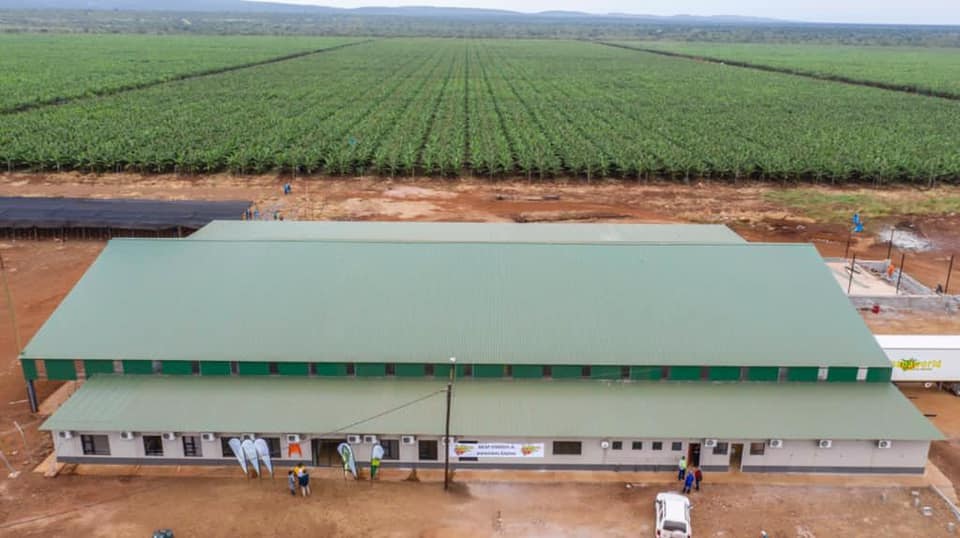
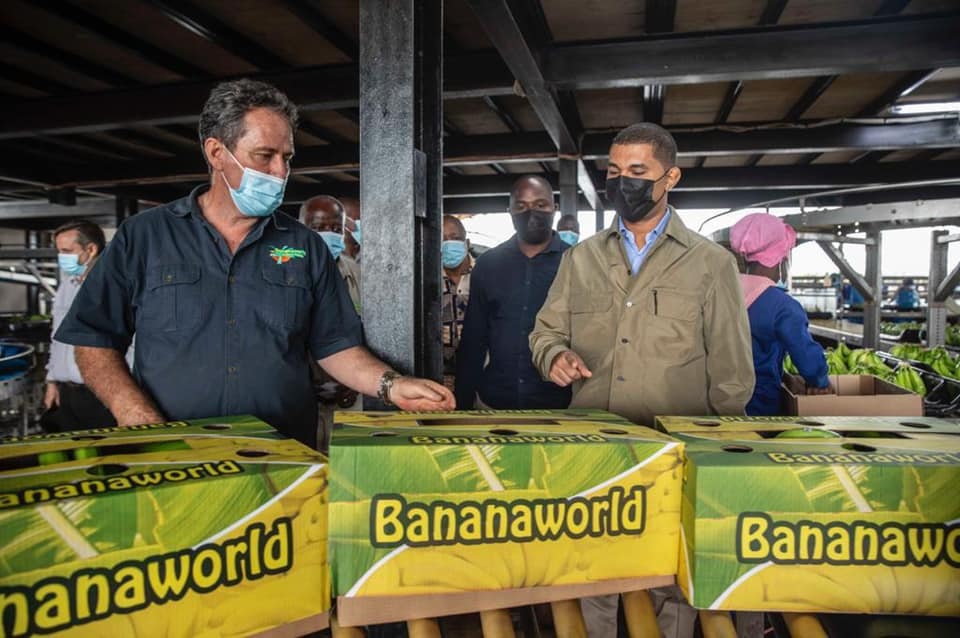
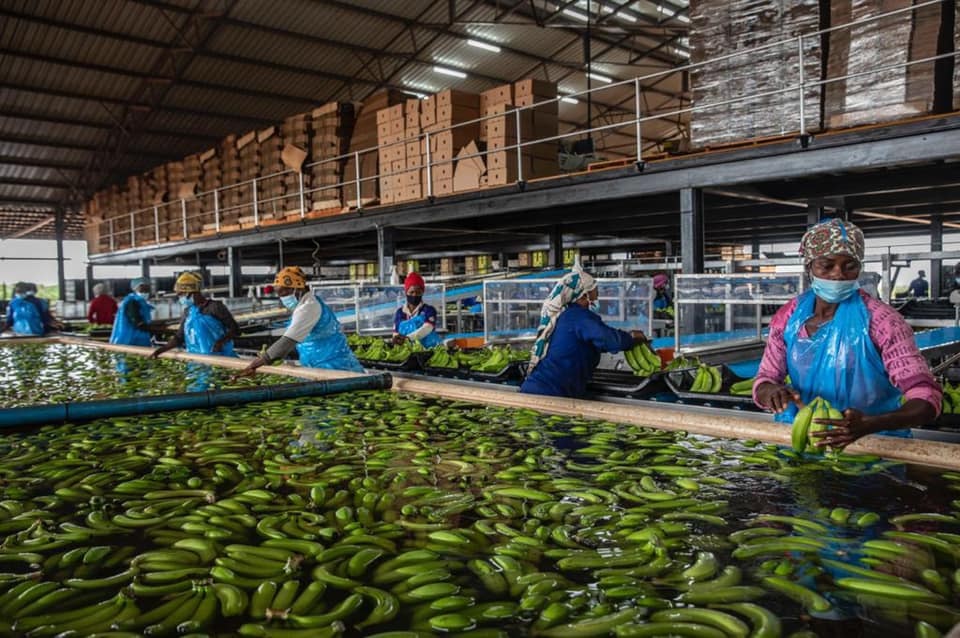



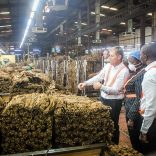






Leave a Reply
Be the First to Comment!
You must be logged in to post a comment.
You must be logged in to post a comment.